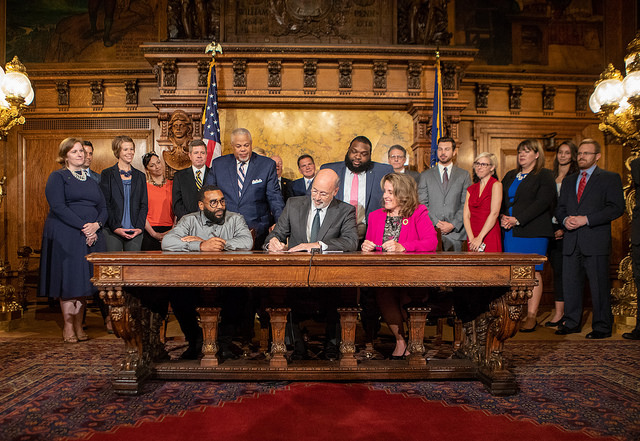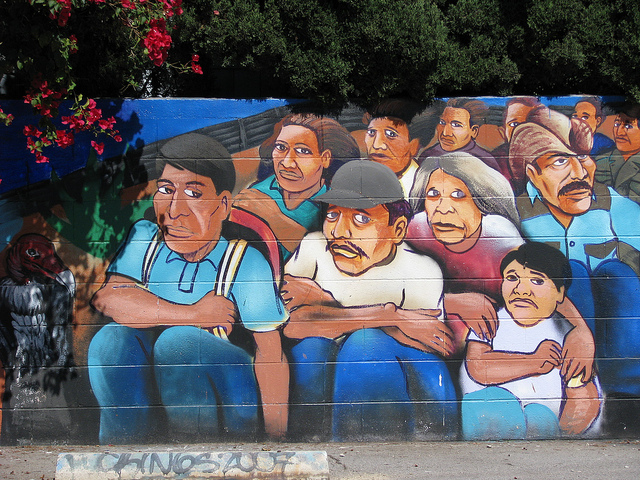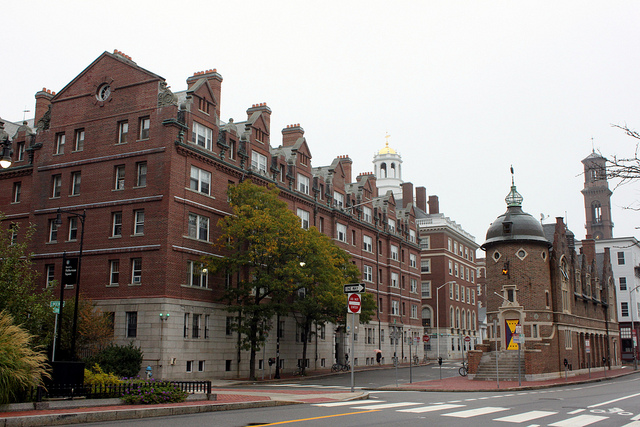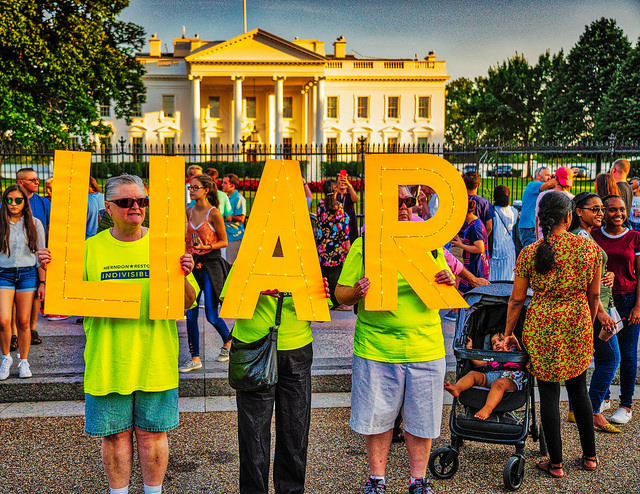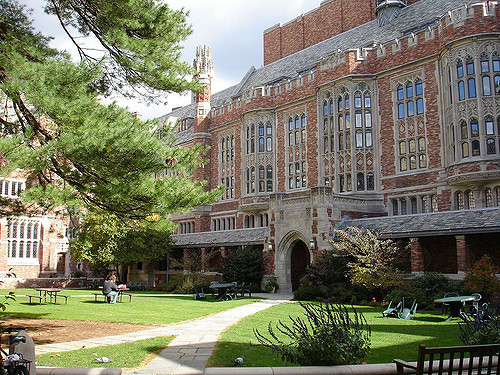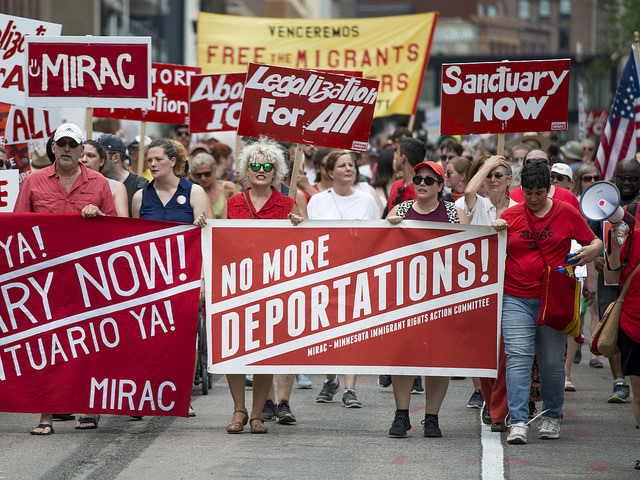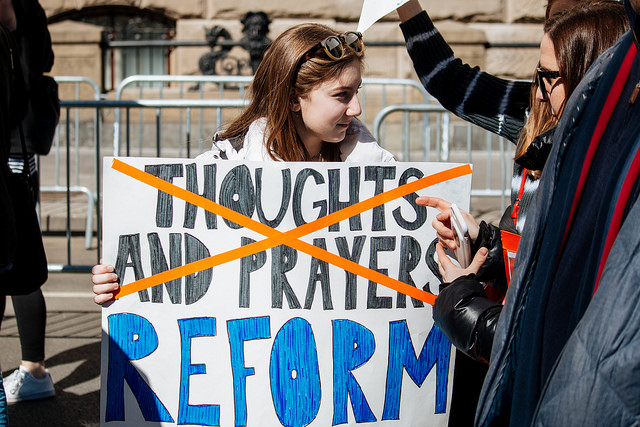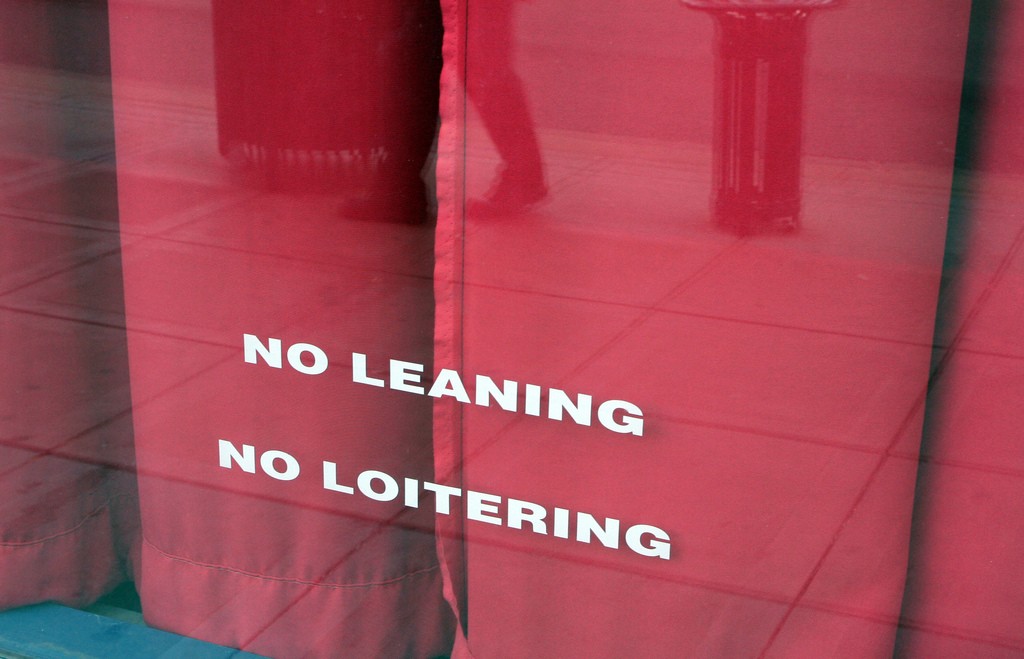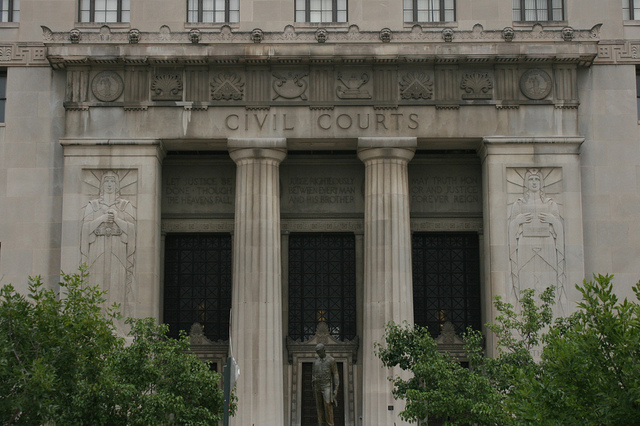
Many Americans are familiar with popular daytime courtroom TV shows like Judge Judy or People’s Court. While these shows present an exaggerated and dramatic scene of a small-claims court, the programs do highlight how many people face everyday problems that can be addressed through civil law. The outcomes of these cases in the real world can have serious implications — including eviction, loss of wages, or loss of child custody. In an interview with The New York Times, sociologist and MacArthur fellow Rebecca Sandfeur describes how access to civil justice is essential for low-income people, but a more equitable civil system will require more than increased availability of good lawyers.
Sandfeur argues that one of the main issues in civil justice is how few cases actually make it to civil court. Even when they do, only affluent plaintiffs’ cases are likely to be resolved. Cases for those who are poor or racial minorities tend not to receive the same fair shake. She argues that this lack of access to civil justice is at a crisis level that not only undermines the justice system, but exacerbates hardships for people that are already marginalized:
“If you start to think about how maybe 10 or 12 percent of justice problems become court cases, that means there’s another 90, 88 percent out there that isn’t making it to the formal justice system. That’s a lot of activity. And there’s no way all of it is turning out O.K. We have spectacular stories about civil injustices that people experience — informal evictions, harassment by landlords, wage theft…there’s an enormous amount of stuff out there that really isn’t going as it should. And that’s a big crisis because it undermines the rule of law, and it also creates hardship for millions of people.”
While legal representation is important, Sandfeur states that there are many solutions beyond legal representation, including nonprofits that help fund legal aid, technological resources, and others that may help people advocate for themselves in civil courts. She suggests that lay people can often defend themselves just as well as legal professionals — they may just need more resources to have a strong case. For instance, a New York-based website and app called Just Fix helps tenants create a habitability claim against landlords for disrepair or living conditions that are illegal. Sandfeur also discusses another innovative New York approach, this time in New York’s housing courts:
“Before universal access [the right to a lawyer in New York’s housing courts] came to be in eviction [proceedings], there were some really interesting experiments with people who are not lawyers who could appear with you in court and help you go through your eviction process. I did a study of them about three years ago, and it looks like there’s a body of cases for which that kind of program works really well. In the first year of that program, the most intensive kind of navigator, who is a social worker, who goes with you through the whole case, who works with you outside the case to attach you to benefits that you may not know you’re eligible for so that you can reliably pay your rent — they had a 100 percent success rate. Nobody they worked with got evicted. A number of states are exploring navigator-like programs.”

